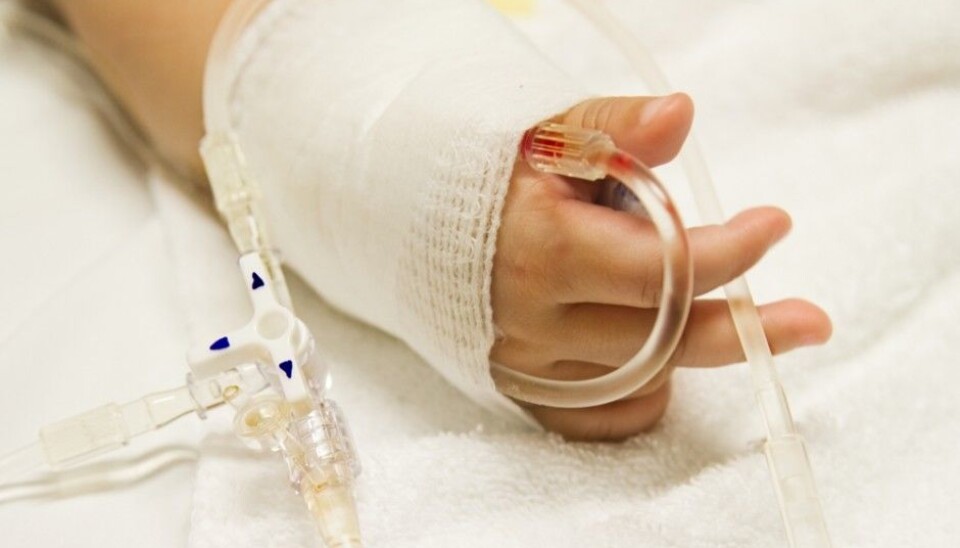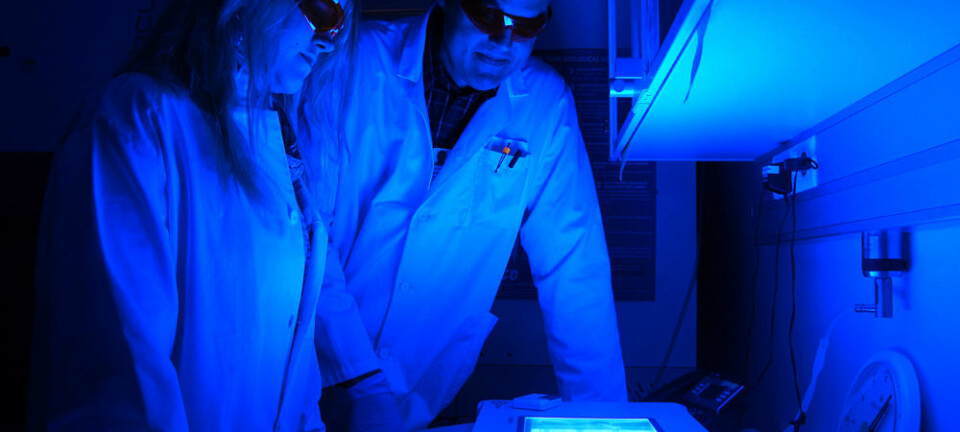
Saving children by finding the worst malignant tumours
Swedish scientists think they have found a way to help child cancer patients by discerning between the more malignant tumours and ones that are less immediately threatening.
Around 20 percent of the children in Sweden and Norway who contract cancer die of the disease. It can be hard for oncologists to predict which children will fare well and which will suffer a recurrence after treatment.
Swedish medical researchers have found a method for distinguishing between the most serious cases and those that are less aggressive. This can help them adjust chemotherapy treatments of children who are stricken worst.
More cell variation indicates worse type
In adult cancers, the tumour cells are more genetically variable than healthy cells. When a cancerous cell divides, the chromosomes often end up in the wrong place, or break and combine in incorrect ways.
Yet it has been unclear whether this is also the case in childhood cancers – and whether variability in the tumour DNA is linked to the severity of the cancer.

A group of researchers from Sweden’s Lund University, Uppsala University, and the Karolinska Institute has confirmed that both of these are the case.
Tumours in children are also genetically unstable. The greater the variation between the cancer cells – intratumoral genome diversity – the more malignant the cancer.
Children with kidney cancer
David Gisselsson Nord, a researcher in clinical genetics at Lund University, explains that he and his colleagues have studied 44 cases of Wilms’ tumour, the most common type of kidney cancer in children. All 44 patients had been treated with chemotherapy and most recovered, but a few developed metastases and died.
The latter patients were those whose cancers involved the greatest variation between tumour cells.
Easier for the patient
The Swedish researchers think their new discovery will facilitate testing and sampling tissue from the individual patients.
Their results show that it is sufficient to take a single sample. Numerous samples are currently taken from each tumour. With the new discovery the degree of genetic variations among the cells in a millimetre-sized sample can now be very indicative. One small sample will suffice to reveal whether there has been a recurrence and whether it is likely to spread. It will also indicate how strong a child’s chemo treatment needs to be.
Fascinating research
Eva Widing, a chief physician in paediatric oncology at the Department of Paediatrics, Oslo University Hospital – Rikshospitalet, says this is fascinating research.
Widing says that biological characteristics of each tumour are increasingly being accounted for in the new treatment studies for Wilm’s tumour and other cancers.
“As such diagnostic methods become more available, numerous biological studies like this are being made on several kinds of tumours.”
She says that doctors are looking for markers that can differentiate between patient groups. One can look for the patients with the worst prognoses and will need a more rigorous treatment. Or patients who are less at risk can be given milder treatments than they currently get.
Certain tumours can also be treated immunologically instead of chemotherapy. These are medications, often involving antibodies, which target specific changes in cancer cells. Such treatment is already used today for breast cancers and skin cancers.
“In the future we will be customising treatment of children with cancers much more than we do today,” says Widing.
180 new cases
In Norway, with its population of 5 million, 180 new cases of cancer are diagnosed annually among children aged 0 to 18. Four out of five survive the disease. The most common cancer among them is leukaemia. This is also the cancer type that has the best prognoses. About 90 percent survive.
In Sweden, with a population of 9 million, 300 children and young people in Sweden develop some form of cancer. Some 80 per cent survive, according to the The Swedish Childhood Cancer Foundation.
In developing countries only one of every five children survives cancer.
Translated by: Glenn Ostling








